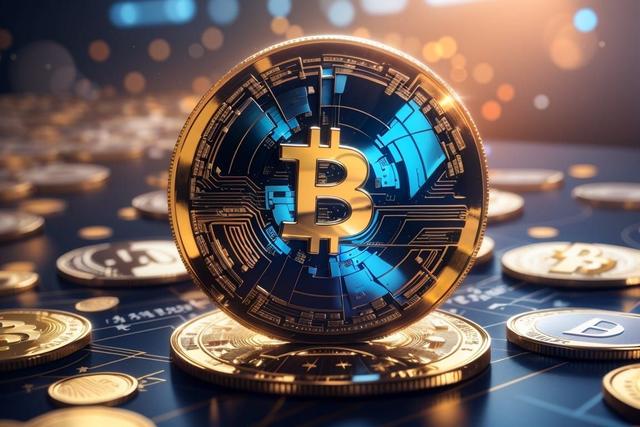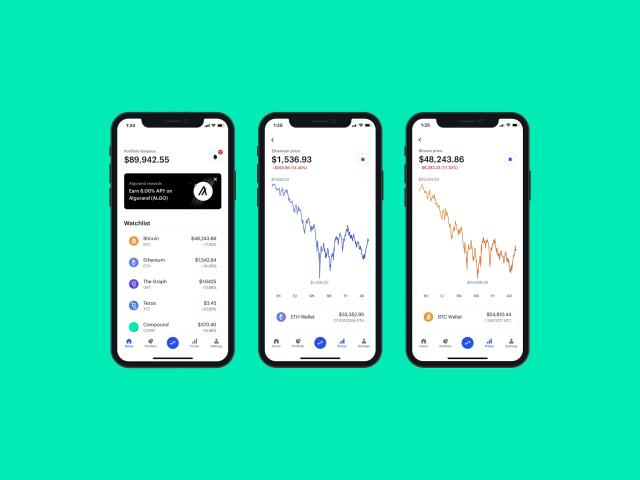
BEGINNER’S GUIDE
by: Towqeer gilkar

DeFi Lending Platforms: A Complete Overview
Decentralized Finance (DeFi) has emerged as a revolutionary force within the cryptocurrency space, offering innovative financial services without the need for traditional intermediaries. Among the various DeFi applications, lending platforms play a crucial role in reshaping how individuals borrow and lend assets. This article provides a comprehensive overview of DeFi lending platforms, exploring their functionalities, benefits, risks, and the broader impact on the financial landscape.
**1. Introduction to DeFi Lending:
- DeFi lending platforms leverage smart contracts and blockchain technology to facilitate lending and borrowing without traditional banks. Users can lend their cryptocurrencies to earn interest or borrow assets by providing collateral, all executed through programmable code on decentralized networks.
**2. How DeFi Lending Works:
- DeFi lending operates on the principles of decentralized blockchain networks. The process typically involves the following steps:
- Collateralization: Borrowers provide collateral in the form of cryptocurrencies to secure a loan.
- Smart Contracts: Smart contracts, self-executing agreements, govern the lending process, automatically executing actions like interest payments and collateral liquidation.
- Interest Rates: Interest rates are determined by the platform's algorithm or through market dynamics, creating a transparent and automated system.
**3. Key Components of DeFi Lending Platforms:
- Collateralization: Borrowers must provide collateral to access loans, ensuring the security of lenders' funds.
- Interest Rates: Dynamic interest rates often determined by supply and demand in the lending market.
- Liquidity Pools: Lenders contribute funds to liquidity pools, enabling borrowers to access capital.
- Tokenization: Lending platforms issue tokens representing users' share in a specific pool, allowing for liquidity and transferability.
**4. Popular DeFi Lending Protocols:
- Compound (COMP): A decentralized lending protocol that enables users to lend or borrow various cryptocurrencies, with interest rates adjusting based on market dynamics.
- Aave (AAVE): Known for its flash loans and innovative features, Aave allows users to lend, borrow, and earn interest on a variety of assets.
- MakerDAO (MKR): MakerDAO is a decentralized autonomous organization (DAO) that governs the stablecoin DAI, collateralized by various cryptocurrencies.
- Yearn.finance (YFI): Yearn.finance aggregates DeFi lending platforms, optimizing yield farming strategies for users.
**5. Benefits of DeFi Lending Platforms:
- Accessibility: DeFi lending platforms offer financial services to anyone with an internet connection, removing traditional barriers to entry.
- Transparency: The use of blockchain ensures transparency in transactions, allowing users to verify and audit the protocol's operations.
- Global Reach: DeFi lending platforms operate on a global scale, enabling cross-border transactions without reliance on traditional banking infrastructure.
- Programmability: Smart contracts automate lending processes, providing efficiency and reducing the need for intermediaries.
**6. Risks and Challenges:
- Smart Contract Risks: Vulnerabilities in smart contracts can lead to security breaches, potentially resulting in the loss of funds.
- Market Volatility: Cryptocurrency prices are highly volatile, impacting collateral values and potentially triggering liquidations.
- Regulatory Uncertainty: DeFi platforms face regulatory challenges as governments grapple with the integration of decentralized financial services into existing frameworks.
**7. The Future of DeFi Lending:
- DeFi lending is poised for continued growth and evolution, with ongoing developments in scalability, interoperability, and user experience. Innovations such as algorithmic stablecoins and improvements in decentralized identity solutions are likely to shape the future landscape.
DeFi lending platforms represent a paradigm shift in the world of finance, providing decentralized, permissionless, and programmable financial services. While they offer numerous benefits, users should exercise caution, conduct thorough research, and be aware of the associated risks. As the DeFi ecosystem continues to mature, the impact of decentralized lending on the broader financial industry is expected to grow, challenging traditional banking models and fostering a more inclusive global financial ecosystem.
Related Blogs
Our great way to help make people keep working for us is to invest in their overall job satisfaction by providing them with the perks and benefits they want most.




